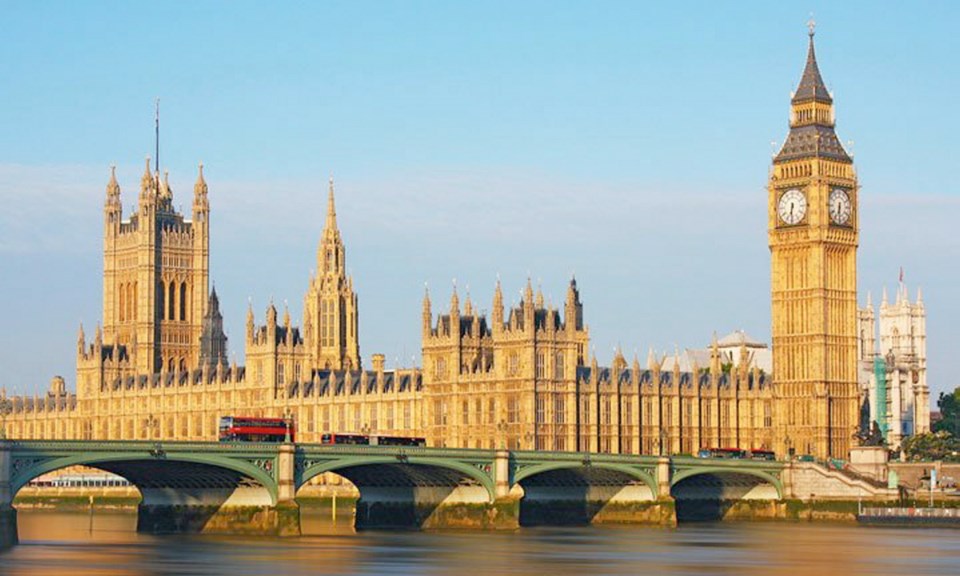Our history’s truths are like looking at a person’s crying or smiling face. Same face, opposite messages. Both are true.
Several decades ago, a well-meaning Victoria historical society commissioned Sir John A. Macdonald’s bronze monument. They arranged for it to be placed at Victoria City Hall to help memorialize Canada’s first prime minister’s many achievements. They probably didn’t consider whether their statue honouring Macdonald would also generate tears and horrific memories.
Indubitably, Macdonald’s governance helped to shape and connect Canada. Province by new province, as Britain’s empire collapsed and its financial subsidies ended, it was Macdonald’s leadership that cultivated Canada’s economic growth. He forecast B.C. would eventually be an asset rather than liability and negotiated hard with Britain to subsidize B.C.
His repeatedly elected governments — formed from a small group of interconnected, powerful and usually rich white men — controlled Canada from its confederation in 1867 until 1891, except for the Pacific Scandal era, 1873-1878. They were the group who somehow managed to finance a railway connecting the 6,000 kilometres between the Pacific and the Atlantic. Those Macdonald governments were also responsible for many atrocities. Many are still being sorted and reconciled with Canada’s First Nations peoples, 151 years after Confederation.
How does that early history relate to B.C. today? And why do the questions about whether to display Macdonald’s monument in Victoria, B.C.’s capital city, have to consider that history?
Because Macdonald is core to the colony of B.C. becoming a province of Canada. He became the colonists’ only viable hope after the week of Oct. 20, 1869.
That’s when the British colonial office in London ordered this notice be published in all papers in the colony of British Columbia: “This is the colonials’ official notice of a change in status. Within a time frame to be specified shortly, British Columbia will no longer receive assistance, financial or otherwise.”
England was shedding its claims to B.C., to its 10,000 highly subsidized colonial residents within B.C. and to the estimated 100,000 or more Indigenous People and their lands.
The British Parliament had already voted to cease its large payments that were keeping B.C. financially afloat, whether the colonists chose to join Canada as they recommended — or not. Soon, no more money.
Britain had negotiated with and bullied the neophyte Dominion of Canada’s government to allow the Pacific colony to join it. The fact there was no transportation between the two geographies except through the United States or by ocean travel would have been ignored, if Macdonald hadn’t added a railway to the terms of taking the unwanted colony.
Having to join Canada was tumultuous for B.C.’s colonists — and it was an unknown decision to the vast Indigenous population, though Canada would reshape their rights and well-being. But by July 1871, the colony of British Columbia became a province and all peoples there were now governed by the statutes of Canada.
That included one stating all B.C.’s Indigenous people were Canada’s responsibility. Under it, they would become governed by the dominion’s powerful and ruthless Department of Indian Affairs. There would be official treaties with the First Nations of B.C. — some day. That remains an ongoing process.
That’s why we must not brown-bag our contentious statues and chunks of history. We have to keep jointly evaluating the historical facts before deciding who to memorialize, how to do that — and why. Some names do need to fade into the past. Others are woven into the tapestry called Canada.
That’s why Macdonald’s contentious statue has to be placed where he can be remembered and recognized, whether the viewer honours him or gives him thumbs down. He is core to our history.
Let’s honour him with a prominent location on the legislature grounds … and wouldn’t it be fitting if an ancient CPR steam locomotive were behind this statue of Macdonald?
I can almost hear Macdonald advising: “Go forward together. When and if beneficial, celebrate my vision and accomplishments — but also recognize my governance’s failings and resolve those consequences. I’m proud British Columbia and Canada are an impressive work-in-progress.”
Lynne Stonier-Newman is author of three books about B.C. and Canada’s history.



